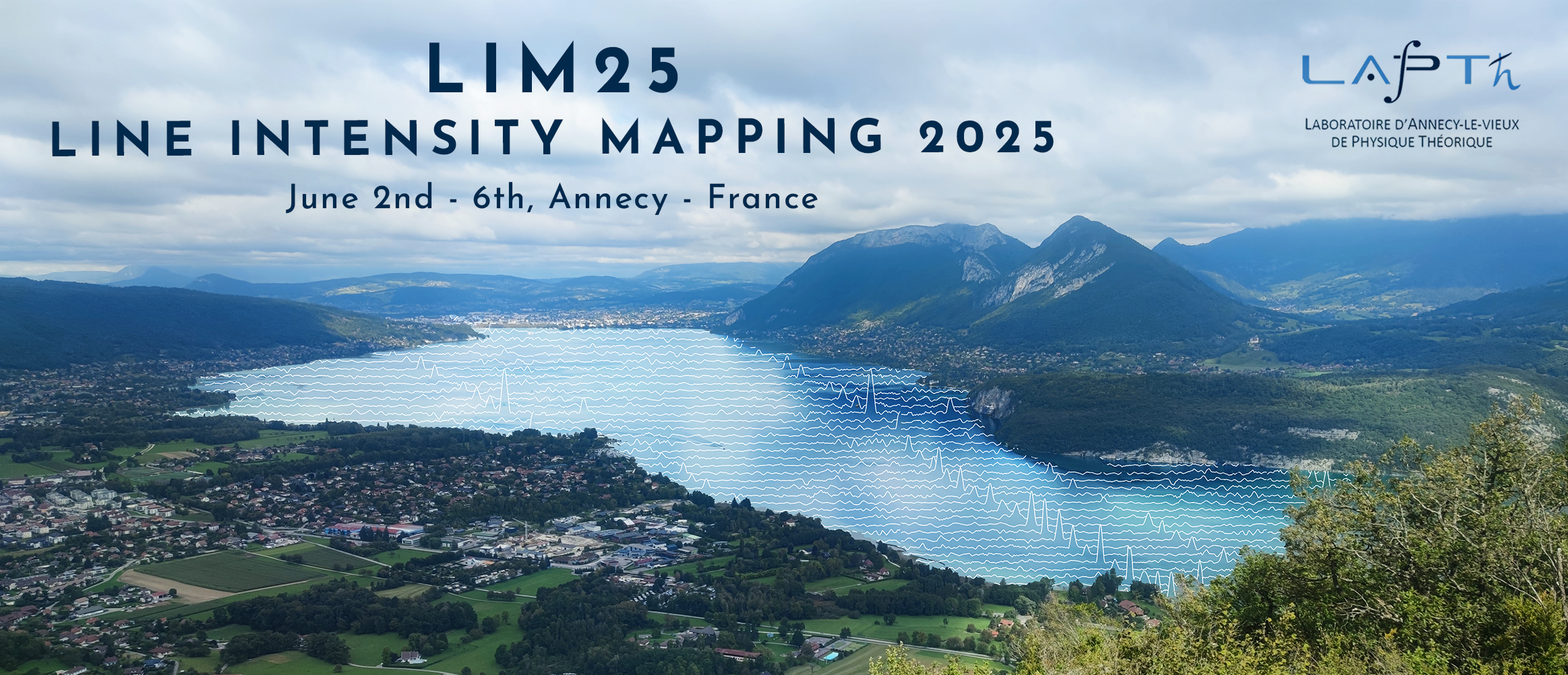Orateur
Description
HI intensity mapping is a promising technique for overcoming telescope sensitivity limits by capturing the large-scale distribution of HI, which is essential for studying the large-scale structures. Significant progress has been made in detecting the HI cross-correlation power spectrum using intensity mapping survey utilizing MeerKAT’s L-band receiver, and there is a good prospect of detecting the HI auto power spectrum in the near future. MeerKLASS, launched in late 2022, has accumulated over 400 hours of observations across approximately 2,000 deg² and aims to cover over 10,000 deg² within next four years, will address this challenge by employing HI intensity mapping with MeerKAT’s UHF-band receiver in single-dish mode, enabling the study of large-scale HI power spectra at higher redshifts and enhancing our knowledge of cosmic structure formation. Despite its advantages, single-dish mode is not the primary observing mode of MeerKAT, introducing instrumental and observational challenges that are negligible in standard interferometric imaging. These include 1/f noise, systematics from receiver gain variations, beam effects, and atmospheric fluctuations, necessitating the development of a dedicated data reduction pipeline.
This presentation highlights our efforts in processing MeerKAT UHF intensity mapping data from MeerKLASS. I will introduce the MeerKLASS calibration pipeline, MuSEEK (Multi-dish Signal Extraction and Emission Kartographer), designed to mitigate systematic errors, radio frequency interference (RFI), bandpass variations, and flux calibration issues, ensuring precise large-scale HI measurements. I will also present the latest calibration and map-making results, demonstrating our ability to extract scientifically meaningful HI signals. Additionally, I will assess the noise performance of MeerKLASS, focusing on 1/f noise characterization and mitigation strategies. Finally, key advancements in MeerKLASS will be highlighted, emphasizing its impact on HI cosmology and intensity mapping techniques.

